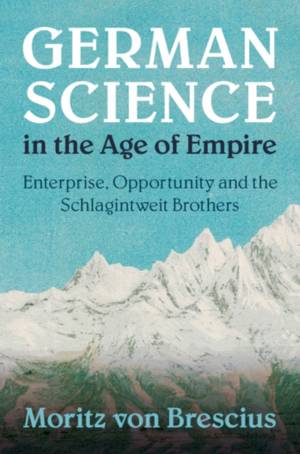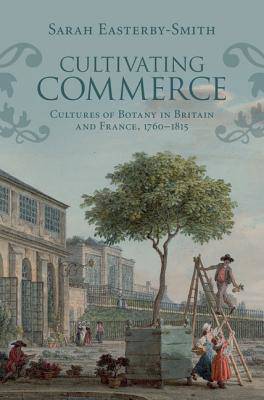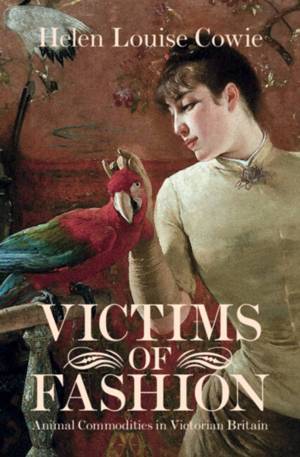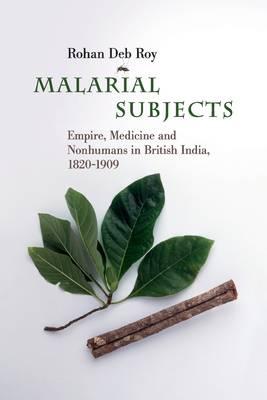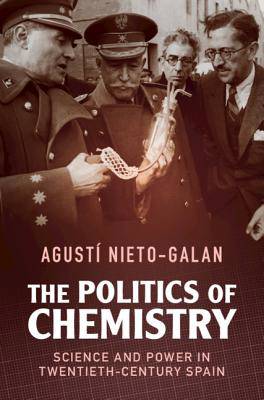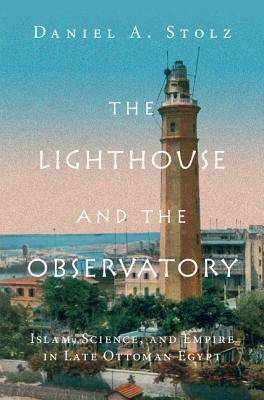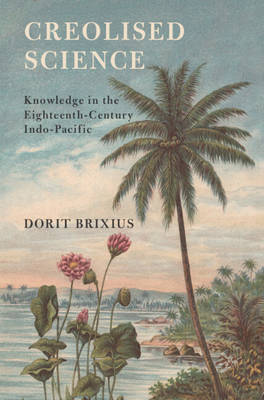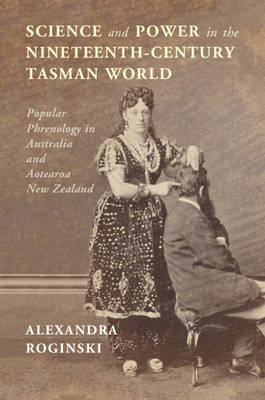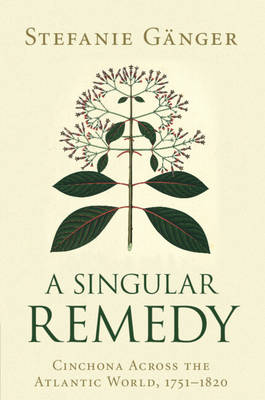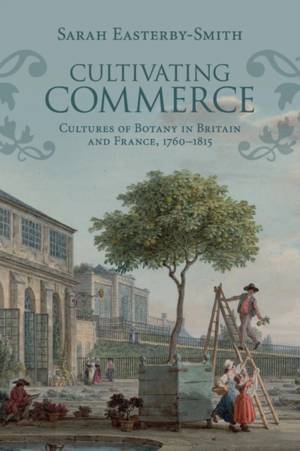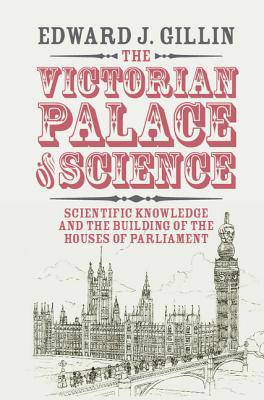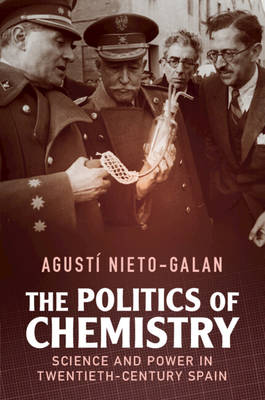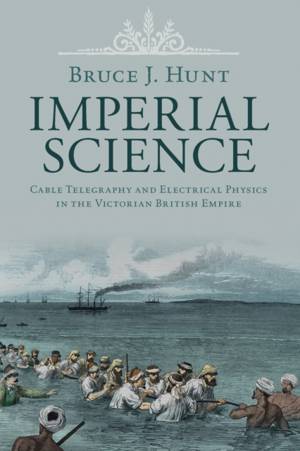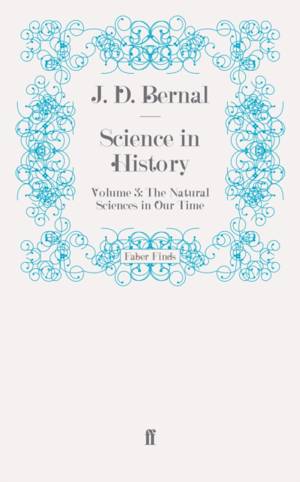
- Retrait gratuit dans votre magasin Club
- 7.000.000 titres dans notre catalogue
- Payer en toute sécurité
- Toujours un magasin près de chez vous
- Retrait gratuit dans votre magasin Club
- 7.000.0000 titres dans notre catalogue
- Payer en toute sécurité
- Toujours un magasin près de chez vous
-
German Science in the Age of Empire
Moritz Von Brescius
- Livre relié | Anglais | Science in History
- This seminal study explores the national, imperial and indigenous interests at stake in a major survey expedition undertaken by the German Schlagintwe... Savoir plus
209,45 €Livraison 2 à 3 semaines209,45 €Livraison 2 à 3 semaines -
Cultivating Commerce
Sarah Easterby-Smith
- Livre relié | Anglais | Science in History
- Sarah Easterby-Smith rewrites the histories of botany and horticulture from the perspectives of plant merchants who sold botanical specimens in the de... Savoir plus
183,45 €Livraison 2 à 3 semaines183,45 €Livraison 2 à 3 semaines -
Victims of Fashion
Helen Louise Cowie
- Livre relié | Anglais | Science in History
- Animal products were used extensively in nineteenth-century Britain. A middle-class Victorian woman might wear a dress made of alpaca wool, drape hers... Savoir plus
69,45 €Livraison 2 à 3 semaines69,45 €Livraison 2 à 3 semaines -
Physics and Psychics
Richard Noakes
- Livre broché | Anglais | Science in History
- This is the first systematic exploration of the intriguing connections between Victorian physical sciences and the study of the controversial phenomen... Savoir plus
53,45 €Livraison 2 à 3 semaines53,45 €Livraison 2 à 3 semaines -
Malarial Subjects
Rohan Deb Roy
- Livre broché | Anglais | Science in History
- Malaria was considered one of the most widespread disease-causing entities in the nineteenth century. It was associated with a variety of frailties fa... Savoir plus
64,95 €Livraison 2 à 3 semaines64,95 €Livraison 2 à 3 semaines -
The Politics of Chemistry
Agustí Nieto-Galan
- Livre relié | Anglais | Science in History
- Agustí Nieto-Galan argues that chemistry in the twentieth century was deeply and profoundly political. Far from existing in a distinct public sphere, ... Savoir plus
183,45 €Livraison 2 à 3 semaines183,45 €Livraison 2 à 3 semaines -
Science for Governing Japan's Population
Aya Homei
- Livre relié | Anglais | Science in History
- Twenty-first-century Japan is known for the world's most aged population. Faced with this challenge, Japan has been a pioneer in using science to find... Savoir plus
152,95 €Livraison 2 à 3 semaines152,95 €Livraison 2 à 3 semaines -
The Lighthouse and the Observatory
Daniel A Stolz
- Livre relié | Anglais | Science in History
- An observatory and a lighthouse form the nexus of this major new investigation of science, religion, and the state in late Ottoman Egypt. Astronomy, i... Savoir plus
183,45 €Livraison 2 à 3 semaines183,45 €Livraison 2 à 3 semaines -
Technological Internationalism and World Order
Waqar H Zaidi
- Livre broché | Anglais | Science in History
- Between 1920 and 1950, British and US internationalists called for aviation and atomic energy to be taken out of the hands of nation-states, and inste... Savoir plus
69,45 €Livraison 2 à 3 semaines69,45 €Livraison 2 à 3 semaines -
Physics and Psychics
Richard Noakes
- Livre relié | Anglais | Science in History
- This is the first systematic exploration of the intriguing connections between Victorian physical sciences and the study of the controversial phenomen... Savoir plus
209,45 €Livraison 2 à 3 semaines209,45 €Livraison 2 à 3 semaines -
The Victorian Palace of Science
Edward J Gillin
- Livre broché | Anglais | Science in History
- The Palace of Westminster, home to Britain's Houses of Parliament, is one of the most studied buildings in the world. What is less well known is that ... Savoir plus
69,45 €Livraison 2 à 3 semaines69,45 €Livraison 2 à 3 semaines -
Creolised Science
Dorit Brixius
- Livre relié | Anglais | Science in History
- This rich, deeply researched study offers the first comprehensive exploration of cross-cultural plant knowledge in eighteenth-century Mauritius. Using... Savoir plus
158,95 €Livraison 2 à 3 semaines158,95 €Livraison 2 à 3 semaines -
Science and Power in the Nineteenth-Century Tasman World
Alexandra Roginski
- Livre broché | Anglais | Science in History
- The contentious science of phrenology once promised insight into character and intellect through external 'reading' of the head. In the transforming s... Savoir plus
40,95 €Livraison 1 à 2 semaines40,95 €Livraison 1 à 2 semaines -
Science in History
J. D. Bernal
- Livre broché | Science in History
- The four volumes are: Volume 1: The Emergence of Science, Volume 2: The Scientific and Industrial Revolutions, Volume 3: The Natural Sciences in Our T... Savoir plus
22,45 €Livraison sous 1 à 4 semaines22,45 €Livraison sous 1 à 4 semaines -
A Singular Remedy
Stefanie Gänger
- Livre broché | Anglais | Science in History
- Stefanie Gänger explores how medical knowledge was shared across societies tied to the Atlantic World between 1751 and 1820. Centred on Peruvian bark ... Savoir plus
50,45 €Livraison 2 à 3 semaines50,45 €Livraison 2 à 3 semaines -
Cultivating Commerce
Sarah Easterby-Smith
- Livre broché | Anglais | Science in History
- Sarah Easterby-Smith rewrites the histories of botany and horticulture from the perspectives of plant merchants who sold botanical specimens in the de... Savoir plus
43,45 €Livraison 1 à 2 semaines43,45 €Livraison 1 à 2 semaines -
The Lighthouse and the Observatory
Daniel A Stolz
- Livre broché | Anglais | Science in History
- An observatory and a lighthouse form the nexus of this major new investigation of science, religion, and the state in late Ottoman Egypt. Astronomy, i... Savoir plus
69,45 €Livraison 2 à 3 semaines69,45 €Livraison 2 à 3 semaines -
The Gas Mask in Interwar Germany
Peter Thompson
- Livre relié | Anglais | Science in History
- Exploring the history of the gas mask in Germany from 1915 to the eve of the Second World War, Peter Thompson traces how chemical weapons and protecti... Savoir plus
187,45 €Livraison 2 à 3 semaines187,45 €Livraison 2 à 3 semaines -
The Victorian Palace of Science
Edward J Gillin
- Livre relié | Anglais | Science in History
- The Palace of Westminster, home to Britain's Houses of Parliament, is one of the most studied buildings in the world. What is less well known is that ... Savoir plus
183,45 €Livraison 2 à 3 semaines183,45 €Livraison 2 à 3 semaines -
Science in History
J. D. Bernal
- Livre broché | Science in History
- Bernal's monumental work, Science in History, was the first full attempt to analyse the reciprocal relations of science and society throughout history... Savoir plus
22,45 €Livraison sous 1 à 4 semaines22,45 €Livraison sous 1 à 4 semaines -
The Politics of Chemistry
Agustí Nieto-Galan
- Livre broché | Anglais | Science in History
- Agustí Nieto-Galan argues that chemistry in the twentieth century was deeply and profoundly political. Far from existing in a distinct public sphere, ... Savoir plus
50,45 €Livraison 2 à 3 semaines50,45 €Livraison 2 à 3 semaines -
Imperial Science
Bruce J Hunt
- Livre broché | Anglais | Science in History
- In the second half of the nineteenth century, British firms and engineers built, laid, and ran a vast global network of submarine telegraph cables. Fo... Savoir plus
46,45 €Livraison 2 à 3 semaines46,45 €Livraison 2 à 3 semaines -
Technological Internationalism and World Order
Waqar H Zaidi
- Livre relié | Anglais | Science in History
- Between 1920 and 1950, British and US internationalists called for aviation and atomic energy to be taken out of the hands of nation-states, and inste... Savoir plus
152,95 €Livraison 2 à 3 semaines152,95 €Livraison 2 à 3 semaines -
Science in History
J. D. Bernal
- Livre broché | Science in History
- The third volume of Science in History covers the twentieth century, with chapters on the physical sciences and the biological sciences, with their im... Savoir plus
22,45 €Livraison sous 1 à 4 semaines22,45 €Livraison sous 1 à 4 semaines





